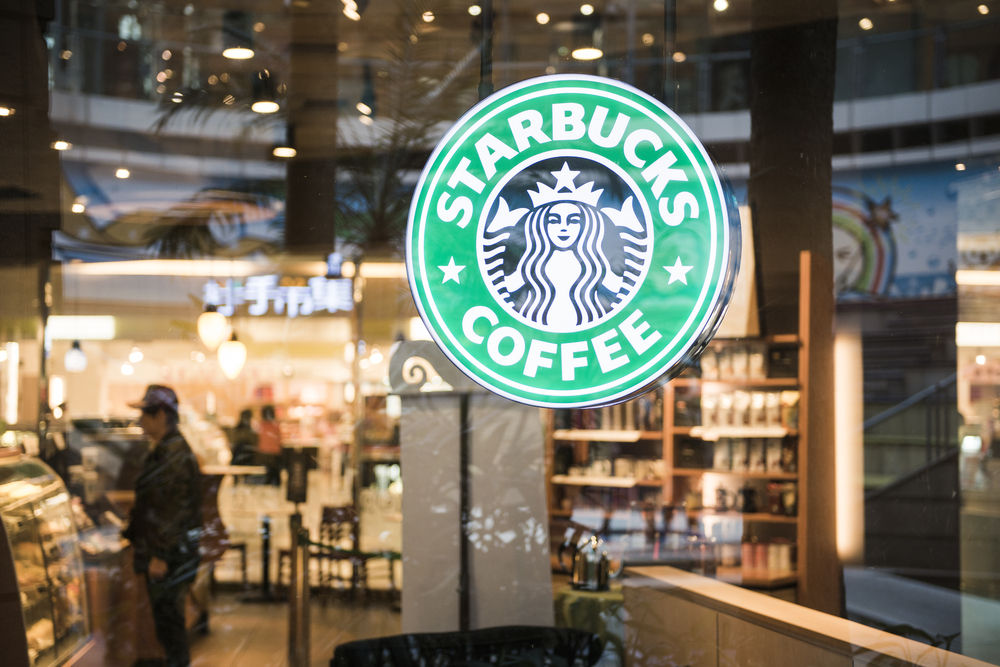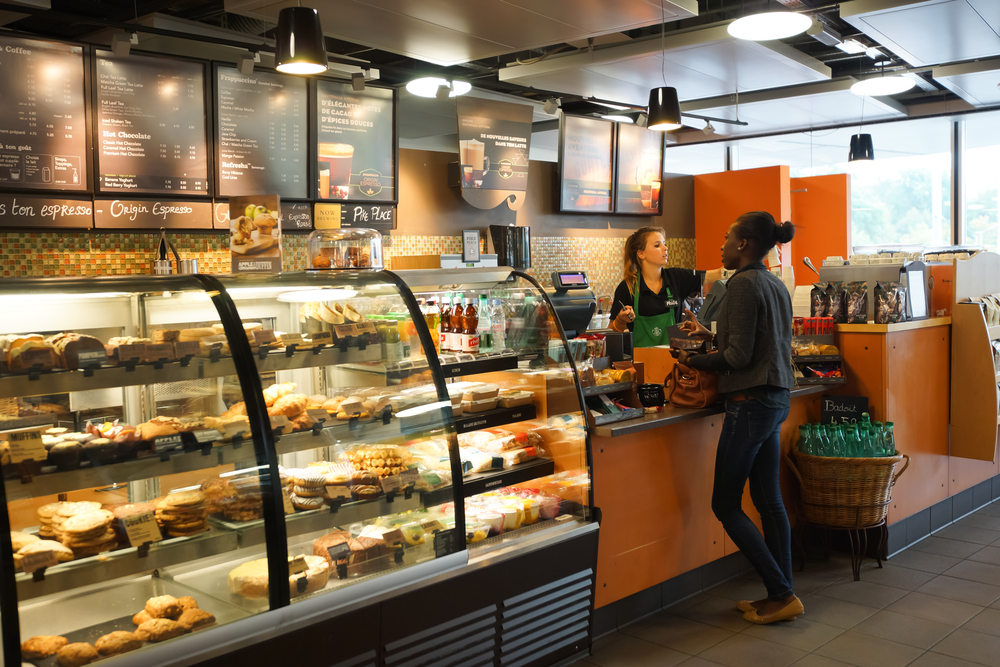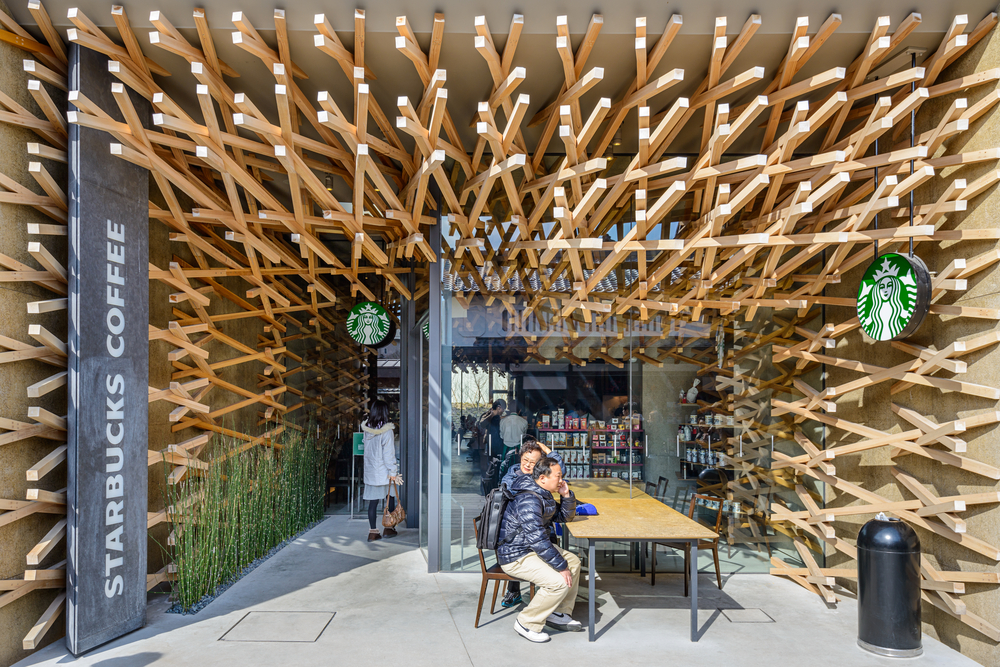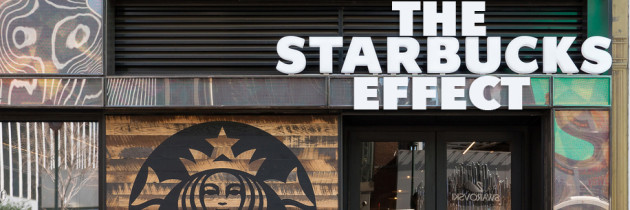“The Starbucks Effect”: Expensive Coffee Springs Expensive Homes
As a product of a 21st Century college education, I’m not ashamed to admit that I’m more than happy to shell out absurd percentages of my income toward a daily fix of overpriced caffeine. It’s probably not a stretch to say that half of my student loan went to Grande Mocha Frappuccinos.
The gravitational pull of Venti Lattes is so strong that I consider Starbucks to be my generation’s cigarettes–even without the nicotine or the lung cancer, once you’re hooked, you’re hooked. But these days, the mass appeal of Starbucks has stretched far, far beyond that of their native market.
According to Zillow’s CEO Spencer Rascoff, Starbucks locations closely correlate to appreciating home values. But what’s interesting is that, instead of Starbucks following housing trends and merely placing their shops in particularly lucrative neighborhoods, Starbucks itself actually drives the housing trends.
Saying that a single establishment (even one this ubiquitous) could be responsible for moving the needle of something as fickle as the housing market is a bold claim to make. Who’s to say the correlation can’t be attributed to coffee shops in general, or the rising value of coastal locations (where Starbuckses tend to cluster), or even just dumb luck? But Zillow has the numbers to back it up.
Using their considerable resources, Zillow has done numerous studies researching this phenomenon. One, for example, tracked home value trajectories of properties near Starbucks versus properties near Dunkin’ Donuts from 1997 to 2012. Their results showed that, while both appreciated faster than the housing market in general, the properties near Starbucks increased 16% faster per year than the Dunkin’ Donuts property over the 15 year period–nearly doubling the overall value.

In another study, Zillow tracked home value based on the distance from Starbucks and discovered that homes directly adjacent to the coffee house appreciated, on average, about 4% faster over 5 years than homes a quarter-mile away. The conclusion: homeowners these days are willing to pay more–considerably more–for the opportunity to smell freshly-ground Starbucks coffee from their front porch.
Now this is all well and good, but unless you’ve got a significant stake in Starbucks stock you’re probably wondering what you can do with this information. Well, if you’re looking into entering the housing market as a buyer, there’s an important lesson to be had here regarding property investment.

When looking into buying a property, it’s just as important to consider long-term value just as much as short-term value. As housing market drivers, Starbucks uses the “locationing is an art and a science” model, combining reams of geographic and analytic data with on-site, subjective regional observations to anticipate where successful property sites will be, not necessarily where they are. Like playing the stock market, their investments don’t always pay off–but the investments that do more than make up for their losses.
Purchasing a home should be considered an investment in the same way. Don’t think about where the “hot place to live” is, think about where the hot place to live will be ten or twenty years down the road. Do your research. Look into into basic trends such as home ownership and average home age. The older the homes and the lower the ownership rate, the more room that neighborhood has to improve in the not-too-distant future. And as the neighborhood improves, so does the base value of your home. Exponentially.
Don’t fall into the trap of following current market trends. Be the artist and the scientist, and use your ingenuity to see property values in the long-term. As long as you stay ahead of the curve and anticipate the market in a reasonable, level-headed manner, you’ll be able to make a huge return on your investment when the time comes to sell. After all, the more profit you reap on your home the more macchiatos you’ll be able buy in retirement.
Source: Zillow Talk: The New Rules of Real Estate by Spencer Rascoff and Stan Humphries
- First Impressions of Truila’s Instant Home Value Estimator - January 10, 2017
- Real Prospector Radio Show: Episode 14, Alabama and Georgia Real Estate with Regina Palmer - April 27, 2016
- Real Prospector Radio Show: Episode 13, Turning a Vacation into a Home Buying Experience with Len Giancola - April 13, 2016


